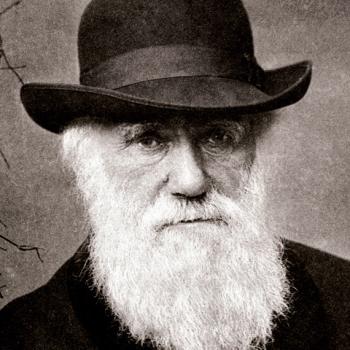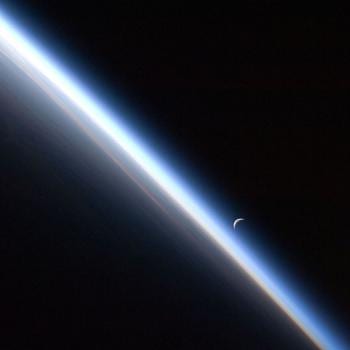
Continuing with some passages from Geraint F. Lewis and Luke A. Barnes, A Fortunate Universe: Life in a Finely Tuned Cosmos (Cambridge: Cambridge University Press, 2016):
“Our models are mixtures of well-tested theories, reasonable assumptions and guesses; as Richard Feynman [d. 1988; 1965 Nobel laureate in physics] noted, ‘it is not unscientific to make a guess.’ Science happens when we ask the Universe whether we guessed right. Otherwise, the experimenter is doing little more than stamp collecting, and the theorist is just playing with numbers!” (26)
“A bank vault is robbed. The armoured door was opened without force; the robbers used the access code. The police arrive on the scene.
“Drebin: Maybe they guessed the code.
“Hocken: No way, Frank. There are a trillion combinations. The system shows that they entered the code correctly on the first attempt. Surely the odds agains that are astronomical.
“Drebin: But it’s still possible, right?” (28)
“The fine-tuning of the Universe for life, then, is fine-tuning applied specifically to the fact that this universe supports life forms. The claim is that small changes in the free parameters of the laws of nature as we know them have dramatic, uncompensated and detrimental effects on the ability of the Universe to support the complexity needed for physical life forms.” (29)
Here’s one of those parameters for consideration:
“The electron is one of the fundamental particles of the Universe. Electron orbits around the nuclei of atoms dictate the processes of chemistry. With the appropriate experimental equipment, we can measure the mass of an individual proton: 9.109 382 15 x 10-31 kg (and, with our most accurate equipment, we know this value has an uncertainty of 0.000 000 45 x 10-31 kg). If you measure the mass of any electron in the Universe, you get the same answer!
“When we measure the mass of an object in kilograms, we are implicitly comparing it to a lump of platinum-iridium alloy held in uniform conditions at the International Bureau of Weights and Measure laboratories in the outer reaches of Paris. There is nothing special about this lump, and so nothing special about the kilogram. Nothing changes if we were to express the mass of the electron in pounds, long tons, grains or carats.
“However, the mass of the electron relative to other particles in the Universe is important. Each member of the menagerie of fundamental particles comes with a mass, and while some are zero, many are just plain, unexplained numbers.
“Here we can play our ‘what if?’ games. If we change the relative masses of the fundamental particles, what effect does this have on a complex, multi-cellular, balding primate sitting and typing on a planet orbiting a star? We’ll see in later chapters that the existence of life depends critically upon particle masses. Universes with different mass ratios are often sterile.” (29-30)












